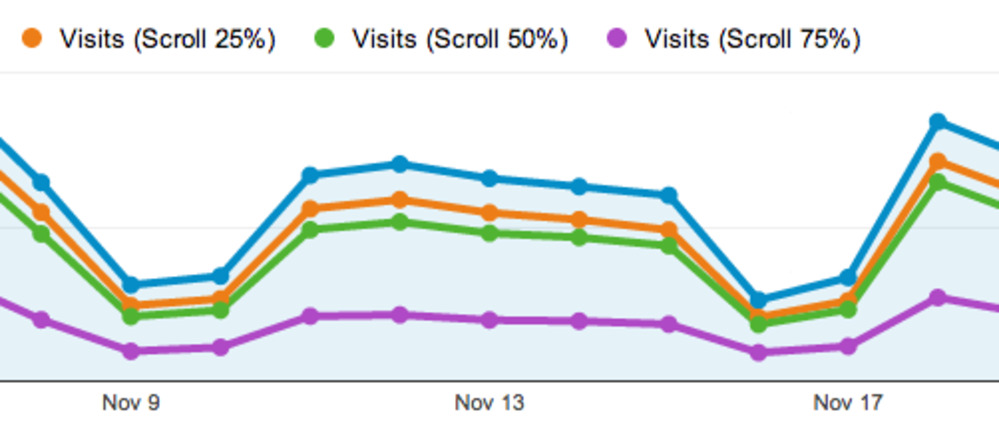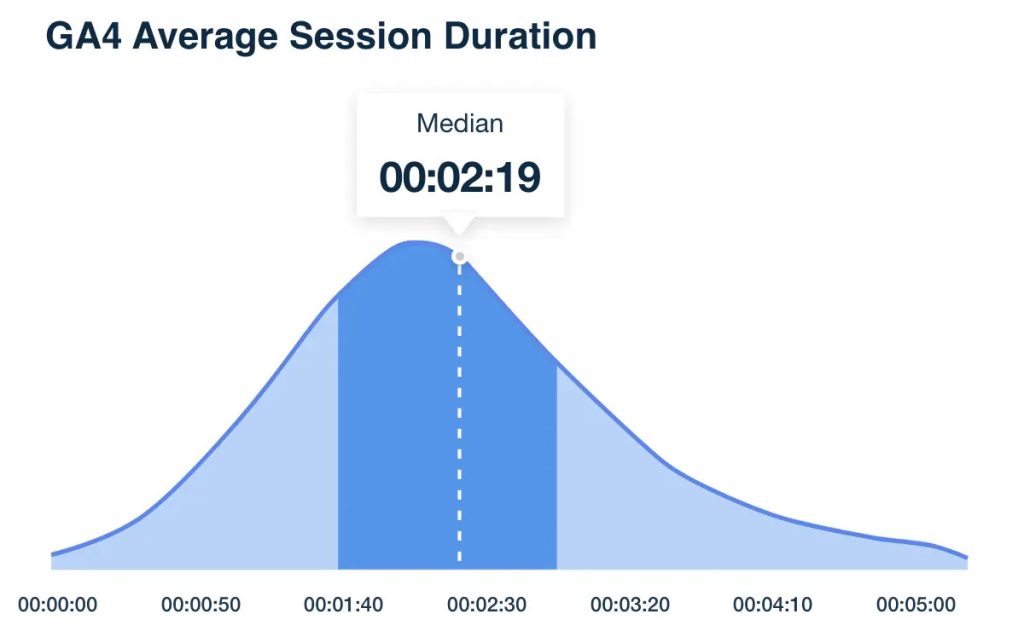Search engines increasingly rely on how users interact with your site to decide if your content deserves visibility. Metrics like dwell time, click-through rate, and user experience shape how search algorithms rank your pages.
These subtle signals often separate high-performing websites from those that struggle to convert traffic into results. Understanding and improving these hidden engagement factors can give your SEO strategy a lasting edge.
Table of Contents
Key Takeaways
- User engagement plays a critical role in how search engines evaluate your website.
- Metrics that reflect behaviour after the click often carry more weight than surface-level SEO signals.
- Strong engagement can lead to better rankings, increased trust, and higher conversions.
- Understanding what keeps users on your site helps you identify gaps and improve content strategy.
- Tools that track user interaction offer valuable insights that standard SEO tools may overlook.
- Prioritising engagement is crucial and essential for sustainable SEO growth.
What Are SEO Engagement Metrics & What Are They For
SEO engagement metrics are behavioural indicators that reflect how users interact with your website after discovering it through search engines. They help measure attention, interest, and satisfaction with your content.
What are the functions of SEO Engagement Metrics?
These are the primary purposes of the metrics:
- To help search engines assess content relevance and user satisfaction
- To identify content that retains or loses visitor interest
- To improve site experience based on real user behaviour
- To guide SEO decisions beyond keyword rankings
- To detect pages with strong or weak engagement signals for optimisation
7 Hidden SEO Engagement Metrics
These are the engagement metrics that offer critical insights into how users truly experience your website:
1. Dwell Time

Dwell time refers to the length of time a user stays on your page after clicking through a search result before returning to the SERP. A longer dwell time suggests the content is relevant, engaging, and meets user intent.
It acts as a strong quality signal to search engines, especially for informational queries. Low dwell time can indicate thin content, poor UX, or a mismatch between the title and actual content.
2. Click-Through Rate (CTR)

A substantial CTR begins before users even land on your website. It reflects how well your page title and meta description attract attention in search results. Pages with higher CTR often gain higher rankings, as search engines interpret the clicks as a sign of relevance.
If impressions are high but clicks remain low, it’s time to refine your SEO copy or target more aligned keywords.
3. User Experience (UX)

UX reflects how easy and enjoyable it is for users to interact with your website. Fast loading, mobile responsiveness, clear layout, and readable content all help keep visitors engaged.
Strong UX encourages deeper browsing, while poor UX often leads to high bounce rates and shorter sessions, both of which can hurt SEO.
Ready to improve your website experience and drive better engagement? Discover these top UX testing tools to enhance your site’s SEO impact today.
4. Scroll Depth

Scroll depth shows how far users scroll down a page, giving insight into how much of your content they actually view. Reaching the bottom suggests strong engagement, while early drop-offs may signal weak structure or uninteresting content.
It’s a valuable metric for refining layout, adjusting content flow, and identifying where attention starts to fade.
5. Bounce Rate

Bounce rate measures the percentage of visitors who exit your site after viewing just one page. A consistently high rate often points to content that doesn’t align with user expectations or lacks a clear next step.
It can also signal poor internal linking, weak call-to-actions, or design issues that discourage further exploration.
6. Session Duration

Session duration tracks the total time a user spends on your website in a single visit. Longer sessions often indicate that users explore multiple pages or engage deeply with your content.
Short durations may suggest that the site fails to provide value, loads slowly, or lacks straightforward navigation. It’s a key metric for understanding overall content effectiveness and site flow.
7. Return Visits

When users come back on their own, it’s a strong sign your content made an impression. Return visits often point to credibility, consistency, or usefulness that encourages repeat engagement.
It reflects loyalty and long-term interest, which can indirectly support your SEO through better overall user signals.
5 SEO Tracking Engagement Metrics Tools
Understanding user behaviour starts with the right set of tools. These platforms help you monitor key engagement metrics that influence your SEO performance.
| Tool | Function |
| Google Analytics (GA4) | Tracks session duration, bounce rate, pages viewed, and average engagement time. |
| Google Search Console | Provides CTR, impressions, and keyword performance in search results. |
| Hotjar / Microsoft Clarity | Offers heatmaps, scroll depth, session recordings, and click maps for UX analysis. |
| Ahrefs / Semrush | Delivers keyword insights, organic click through rate data, and engagement trends across pages. |
| Crazy Egg / UXCam | Monitors real-time user interactions, click behaviour, and navigation flow. |
Learn about essential SEO abbreviations today to gain a clearer understanding of key terms and make smarter optimisation decisions.
Conclusion
Every click, scroll, and second spent on your site sends a message. These hidden engagement metrics tell the real story behind your SEO performance.
When you pay attention to how users interact, you gain insights that can help you build a stronger, more effective search strategy.
Want to optimise your website’s user engagement for better SEO? Partner with Newnormz digital marketing and unlock data-driven strategies that drive results today. Contact Newnormz to learn more.






